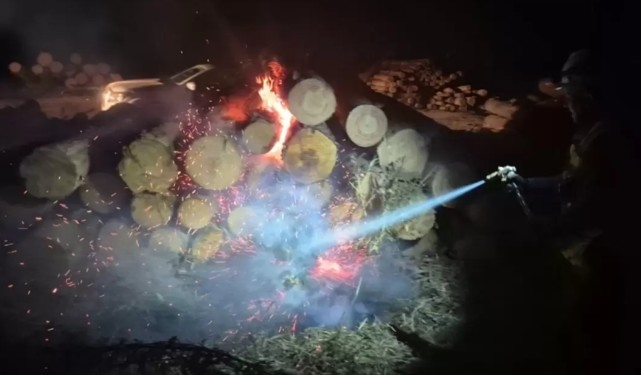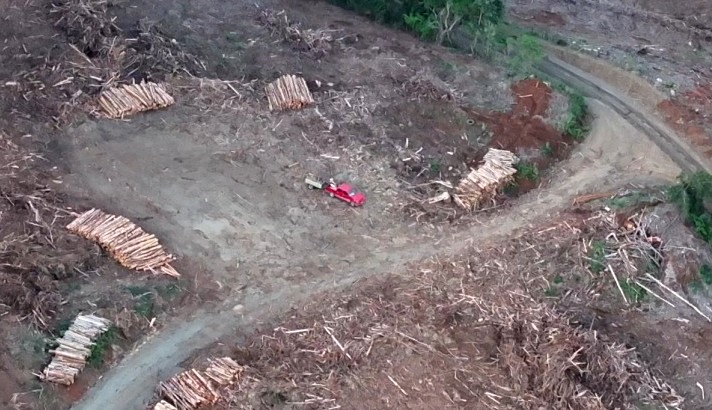Weather Conditions Anticipated to Increase Wildfire Risk for Summer
For the coming months, the forecasted climatic conditions project an environment prone to the rapid spread of wildfires, which is why Senapred Biobío is working intensively on prevention, education, community organization, as well as with private and public entities to confront what they recognize as adverse circumstances.
Dry conditions, with the presence of winds, high temperatures, and even heatwaves, are the meteorological conditions that generate a risk of wildfire spread. According to Dr. Martín Jacques, academic from the Department of Geophysics at the University of Concepción and climatologist, generally, in Central-Southern Chile, an intensification of heatwave events has been observed, and with it, the spread of fire.
"The occurrence of fire has to do with human ignition, but in meteorological terms, there is an upward trend. We have seen very tragic seasons in 2017 and 2023," he described.
Characteristics of the Region
In that sense, the scientist detailed that "summer seasons in this Region must always be about prevention, because we have to deal with the risk of wildfires."
Particularly, Jacques highlighted that "speaking of what is to come, we expect dry conditions, warm conditions, and we also mention that there is a situation of wind intensification on the coast. All these are factors that favor the spread of wildfires," described the academic.
Considering the information provided, the climatologist called to "redouble prevention efforts and always stay prepared."
He also indicated that one must take into account what he called specific meteorology, which are the conditions that can occur on a particular day and place.
There have been windy conditions during the last few days, commented Martín Jacques, but he pointed out that they cannot be attributed to the current La Niña phenomenon; instead, he commented that the responsible for this are the 'surazos', as they are commonly called. "They are strongly felt on the coast, particularly in this Region, and they can indeed intensify," he mentioned.
On another aspect, the academic observed that "to the extent that the landscape is not resilient, we are always exposed to a great risk, and that is unfortunately the situation in our Region with large expanses of forest plantations, zones of encounter between urban and rural sectors."
Finally, Jacques defined that "we must be particularly attentive at the end of January and beginning of February, it is the period when we experience the highest temperatures of the year, and it is also where the largest tragedies associated with wildfires have been recorded."
Senapred
According to Law No. 21.364, which establishes the National Disaster Prevention and Response System, Senapred has the Chilean Meteorological Directorate as its technical body to inform itself on the matter. In that sense, Alejandro Sandoval, Regional Director of Senapred Biobío, agreed that "we are going to have a summer similar to the previous one, quite dry, with an absence of precipitation, with some heatwaves that represent a high risk regarding how they influence wildfire variables in our Region."
Source:Diario Concepción

















